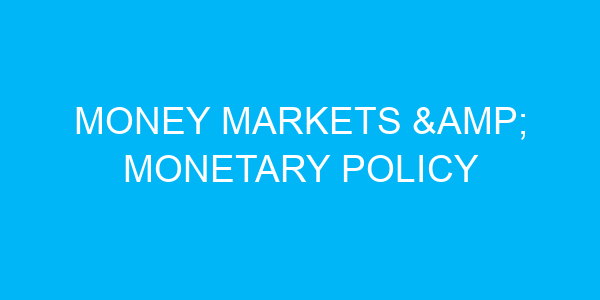71. The term “risk-free rate” refers to:
a. The rate of return on government securities
b. The rate of return on high-risk investments
c. The rate of return on corporate bonds
d. The rate of return on stocks
72. The term “sterling” refers to the currency of:
a. United States
b. European Union
c. United Kingdom
d. Japan
73. The term “quantitative easing” refers to:
a. The process of increasing the money supply by purchasing government securities
b. The process of decreasing the money supply by selling government securities
c. The process of reducing interest rates to stimulate economic growth
d. The process of raising interest rates to control inflation
74. The term “foreign exchange market” refers to a market where:
a. Stocks and bonds are traded between investors
b. Commodities are traded between producers and consumers
c. Currencies are traded between banks, corporations, and individuals
d. Derivatives are traded between speculators and investors
75. The term “central bank independence” refers to:
a. The ability of the central bank to conduct monetary policy without interference from the government
b. The ability of the central bank to borrow from international financial institutions
c. The ability of the central bank to set interest rates in coordination with other central banks
d. The ability of the central bank to print currency without restrictions




